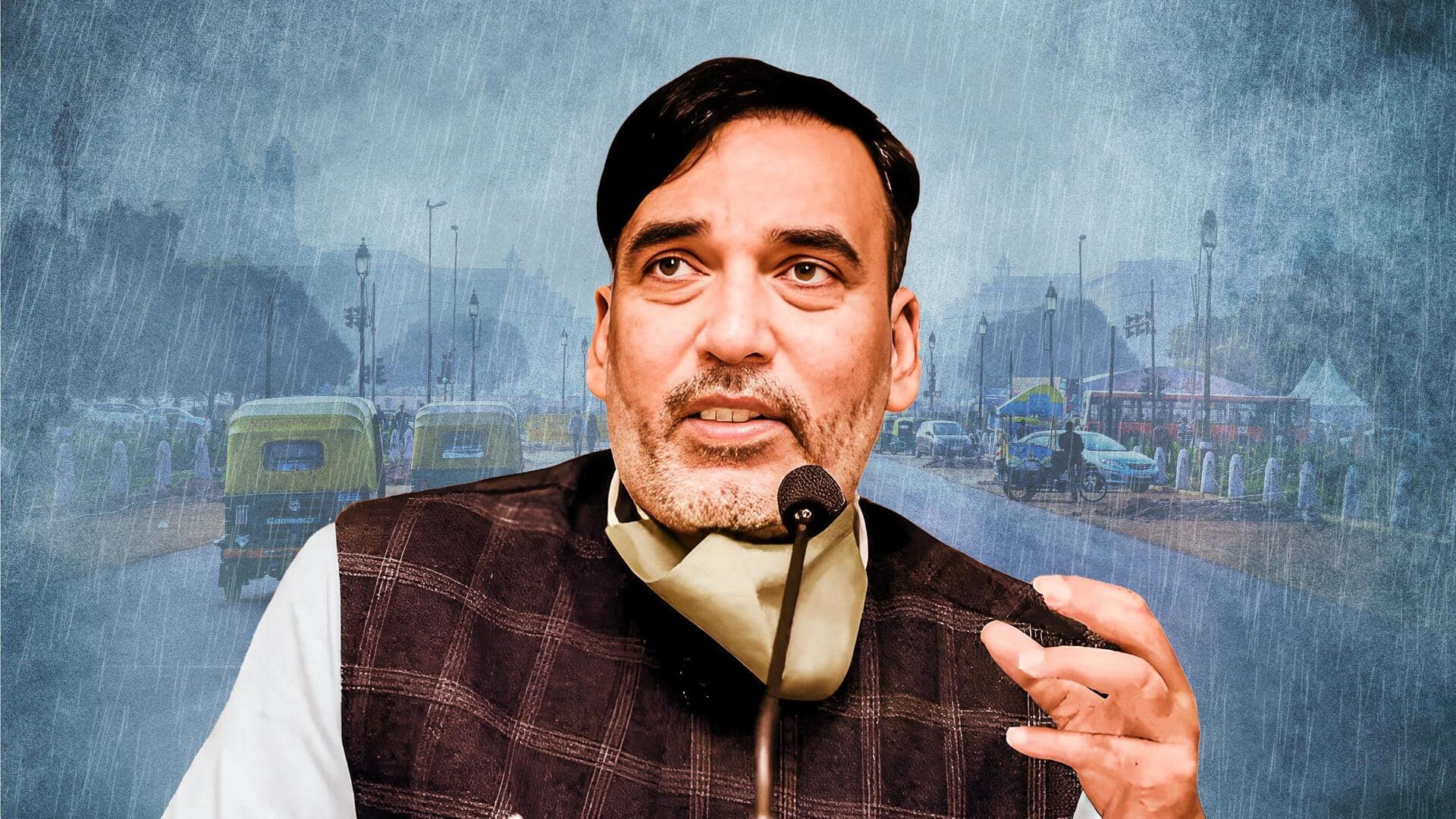
Know about Delhi government's 'artificial rain' plan to combat pollution
What's the story
The Delhi government is planning to use "artificial rain" on November 20-21 in an attempt to combat the increasing pollution levels in the national capital. Delhi Education Minister Atishi Marlena and Environment Minister Gopal Rai held talks with a team from IIT Kanpur on Tuesday, who proposed that a spell of artificial rain might help the city against its deteriorating air quality. So, here is all you need to know about it!
Context
Why does this story matter?
Every year, air pollution peaks between November 1 and November 15 in Delhi when farmers in Haryana, Uttar Pradesh, and Punjab increase stubble burning. The Delhi-National Capital Region (NCR) has been experiencing "severe" air quality for seven days in a row. Amid this, the Delhi government adopted several anti-pollution curbs, including measures under Stage IV of the Graded Response Action Plan (GRAP).
Details
What is cloud seeding or artificial rain?
Cloud seeding is a weather transformation technique that aims to change the type or amount of precipitation that drops from a cloud by spreading substances in the air that act as ice nuclei or cloud condensation. The main objective of cloud seeding is to increase precipitation, either for its own sake or to prevent precipitation from occurring later. However, the process requires the presence of moisture-filled clouds, which are not always predictable or available.
Twitter Post
Have been planning on cloud seeding: IIT Kanpur professor
#WATCH | Kanpur, UP: IIT Kanpur professor Manindra Agrawal on artificial rain project, "IIT Kanpur has its own aircraft in which flares have been attached to do cloud seeding and it has been approved by DGCA. With this, we can do cloud seedings anywhere...We along with CII have… pic.twitter.com/nb18946nMz
— ANI UP/Uttarakhand (@ANINewsUP) November 9, 2023
What Next?
Rai reveals details on 'artificial rainfall' plans in Delhi
Speaking to ANI after the meeting, Rai said, "They (IIT Kanpur) estimate that it can be cloudy on November 20-21 in Delhi. If there is 40% cloud coverage, then artificial rains can be made possible." Delhi government has also asked the IIT team for a detailed process plan and will submit it to the Supreme Court (SC) on Friday. The apex court is hearing several petitions seeking urgent steps to address Delhi's pollution crisis.
Know more
Delhi-NCR's AQI remains in 'severe' category on Thursday morning
A blanket of toxic smog covered the national capital on Thursday morning, with the Central Pollution Control Board (CPCB) classifying Delhi's air quality in the "severe" category at 7:00am. While the average air quality index (AQI) was recorded at over 450 in some areas in Delhi, some of the worst affected places were Dwarka (459), RK Puram (453), and Moti Bagh (452). The Arvind Kejriwal administration on Wednesday banned app-based taxis registered in other states from entering the city.